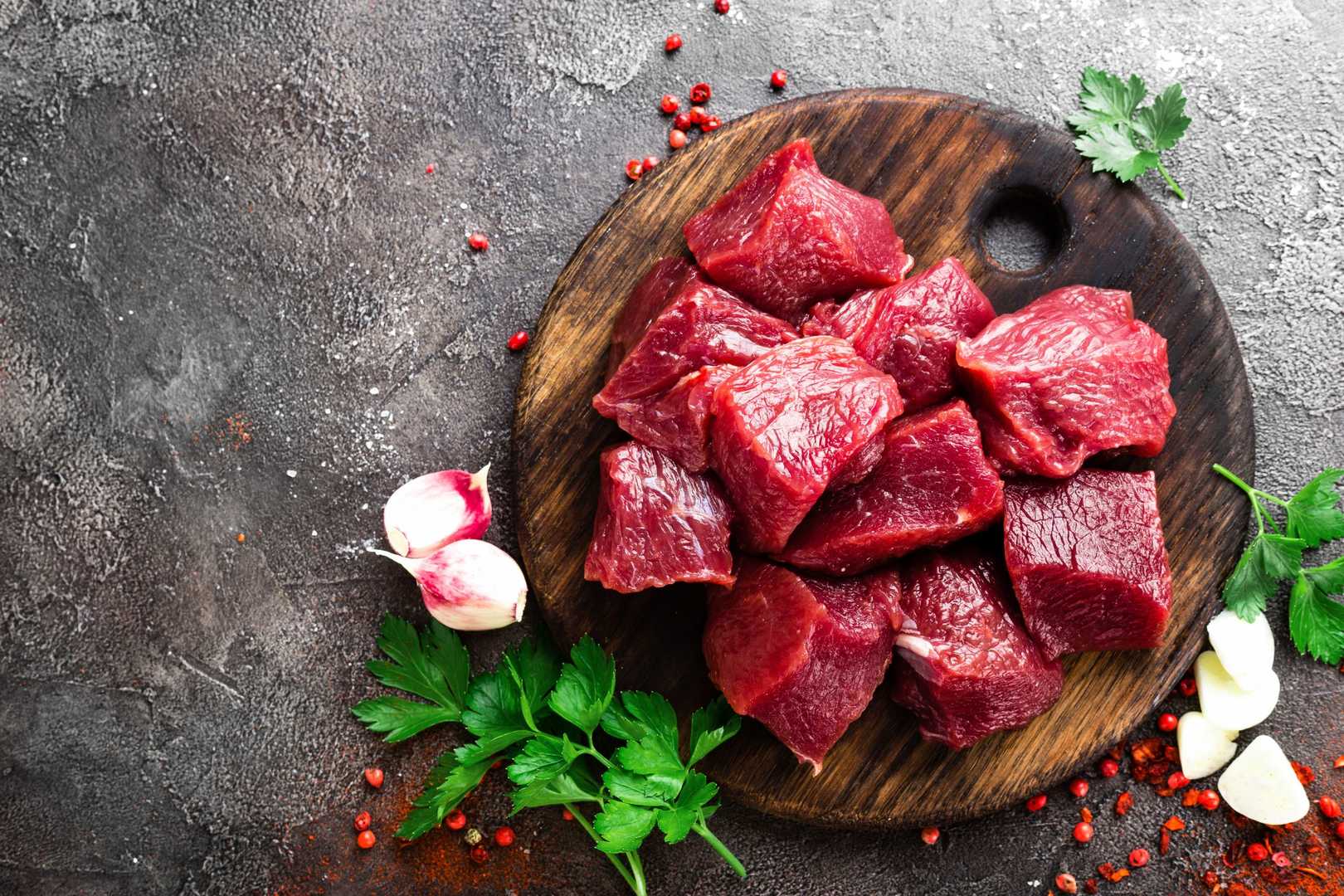When it comes to preparing delicious and nutritious meals, the quality of the meat you use plays a crucial role. High-quality meat not only enhances the flavour of your dishes but also ensures that you’re consuming a healthier and more sustainable product. Whether you’re a seasoned chef or a home cook, these 5 insider tips will help you choose and receive high-quality meat consistently.
1. Seek Out Trusted Sources
One of the keys to obtaining high-quality meat is to find trusted sources that prioritise animal welfare and sustainable farming practices. Look for local farmers’ markets or a premium butcher shop that provides detailed information about their sourcing methods and standards. Opt for suppliers who prioritise free-range, grass-fed or organic meat, as these options often indicate higher quality.
Building a relationship with your butcher can be particularly beneficial. They can guide you on different cuts, offer cooking tips, and even provide personalised recommendations based on your preferences. By supporting reputable sources, you ensure the quality of your meat and contribute to ethical and environmentally conscious farming practices.
2. Understand Meat Grading
The United Kingdom has a meat grading system that helps consumers identify the quality of beef. The grading system primarily focuses on beef, particularly cattle that are raised and slaughtered within the UK based on their conformation and fat distribution scores. Here is a breakdown of the UK meat grading system:
Conformation scores in the EUROP system range from E (excellent) to P (poor), representing the overall shape and muscling of the carcass. The highest conformation score, E, indicates a well-developed and muscular carcass, while P signifies a less developed musculature.
Fat scores range from 1 to 5, representing the amount and distribution of fat. A score of 1 indicates a very lean carcass with minimal fat covering, while a score of 5 indicates a carcass with higher fat content and more fat covering.
By combining the conformation and fatness scores, the EUROP system assigns a classification code to each carcass. This allows producers and buyers to make informed decisions based on visual assessment. It helps in determining the value and suitability of carcasses for different markets and end uses.
3. Pay Attention to Appearance and Smell
When purchasing meat, rely on your senses. Observe the colour, texture and marbling of the meat. For example, fresh beef should have a vibrant red colour, while pork and lamb should be a lighter shade of pink. Additionally, look for fine, white flecks of fat within the muscle, as this marbling contributes to flavour and tenderness.
A pleasant smell is another indicator of high-quality meat. Fresh meat should have a clean and slightly sweet odour. If you notice any off-putting or sour smells, it’s best to avoid purchasing it. When you order beef meats in Ireland from reputable online butchers like Hugh Maguire, you can rest assured that full-scale quality checks have already been done on your behalf.
4. Consider Sustainable Packaging
In addition to the quality of the meat itself, it’s important to consider the packaging it comes in. Opt for suppliers that prioritise sustainable packaging options. Look for eco-friendly materials like biodegradable or recyclable packaging that reduce plastic waste and minimise environmental impact. By supporting businesses prioritising sustainability, you contribute to a greener future while enjoying high-quality meat.
5. Proper Storage and Handling
Once you’ve acquired high-quality meat, proper storage and handling are crucial to maintaining its quality. Keep raw meat refrigerated at temperatures below 4°C to prevent bacterial growth. It’s advisable to use or freeze fresh meat within a couple of days to ensure optimum freshness.
When handling meat, practise good hygiene by washing your hands and cleaning utensils, cutting boards and surfaces after contact with raw meat. Prevent cross-contamination by storing raw meat separately from other ingredients in the refrigerator.
Final Notes
Receiving high-quality meat consistently involves making informed choices and understanding the factors contributing to its overall quality. By seeking out trusted sources and practising proper storage and handling, you can ensure that the meat you cook is of the highest quality. Remember, investing in high-quality meat enhances the flavour and nutritional value of your meals while also supporting ethical and sustainable farming practices.











